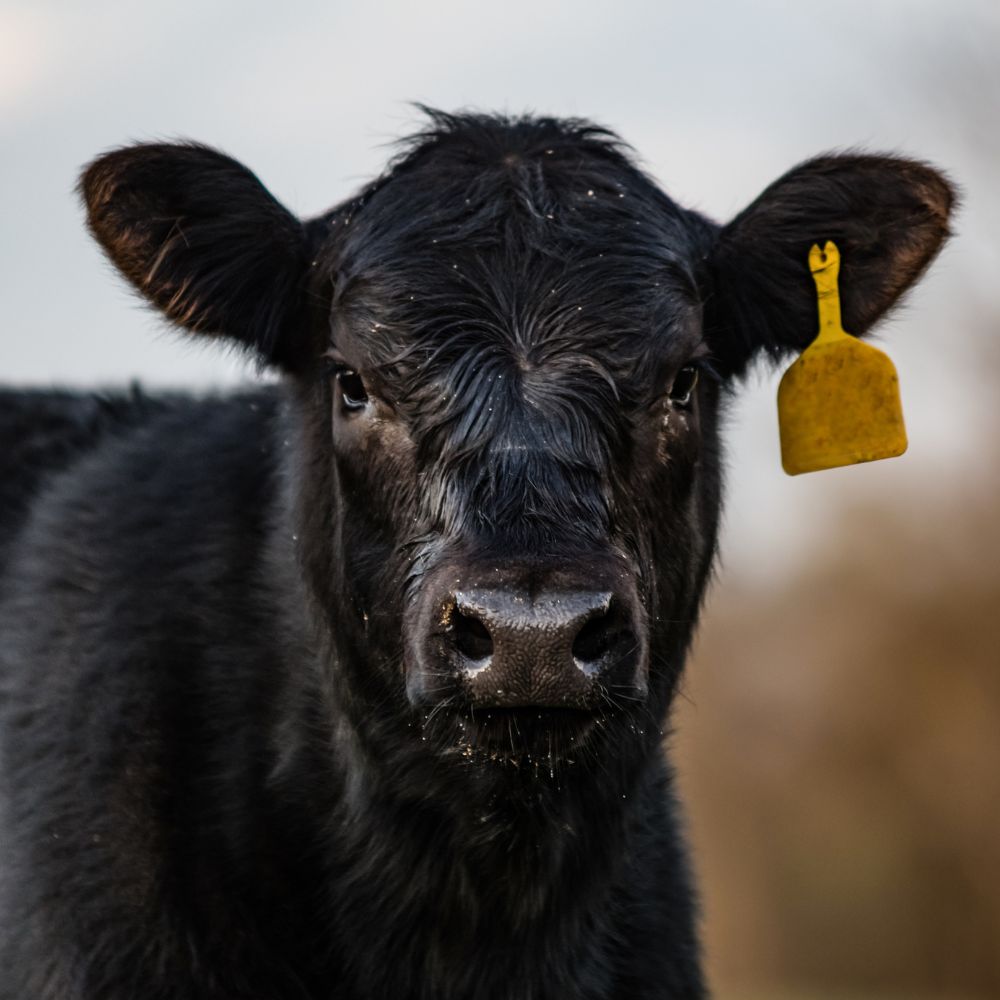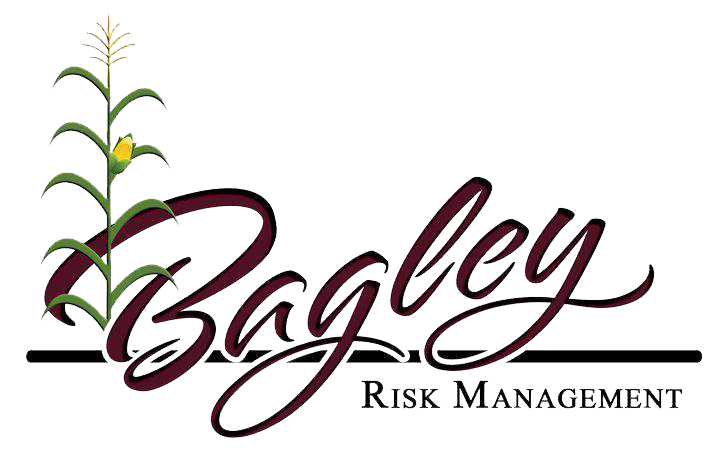Bagley Risk Management Fundamentals Explained
Wiki Article
Our Bagley Risk Management Ideas
Table of ContentsFascination About Bagley Risk ManagementThe Ultimate Guide To Bagley Risk ManagementGetting The Bagley Risk Management To WorkSome Of Bagley Risk ManagementThe Main Principles Of Bagley Risk Management The Facts About Bagley Risk Management Revealed
When your agreement reaches its end date, the final cost is computed using the CME Feeder Livestock Index. If the index falls listed below your contract's coverage cost, you might be paid the difference.Animals Risk Protection (LRP) is a USDA subsidized insurance program that helps safeguard producers from the threats that come from market volatility. With LRP, producers have the ability to guarantee a flooring cost for their livestock and are paid an indemnity if the market value is less than the insured price.
This product is planned for. LRP insurance.
The Single Strategy To Use For Bagley Risk Management

In the last number of months, numerous of us at FVC and PCM have obtained questions from producers on which danger management device, LRP vs. Futures, is better for a pork producer? Like many tools, the answer relies on your operation's goals and scenario. For this edition of the Dr.'s Edge, we will check out the situations that have a tendency to prefer the LRP device.
In Mike's evaluation, he contrasted the LRP computation versus the future's market close for each and every day of the past two decades! The portion revealed for each month of the given year in the initial section of the table is the portion of days in that month in which the LRP calculation is reduced than the futures close or to put it simply, the LRP would potentially compensate greater than the futures market - https://bagleyriskmng.start.page/. (Rma LRP)
As an instance, in January 2021, all the days of that month had LRP potentially paying more than the futures market. Conversely, in September 2021, all the days of that month had the futures market possibly paying more than LRP (absolutely no days had LRP less than futures close). The tendency that shows itself from Mike's analysis is that a SCE of a LRP has a higher probability of paying a lot more versus futures in the months of December to May while the futures market has a higher probability of paying more in the months of June to November.
10 Simple Techniques For Bagley Risk Management

50 or $5. 00). As an instance, in 2019, LRP was much better or within a $1. 25 of the futures market over 90% of the days in all the months except June and August. Table 2 illustrates the typical basis of the SCE LRP calculations versus the future's close for the offered timespan each year.
Once more, this data supports a lot more chance of an SCE of a LRP being much better than futures in December with May for the majority of years. As a common care with all evaluation, previous performance is NO warranty of future efficiency! It is imperative that manufacturers have accounting protocols in location so they understand their expense of manufacturing and can much better determine when to utilize threat administration devices.
Excitement About Bagley Risk Management
Some on-farm feeders may be pondering the demand for rate defense currently of year on calf bones maintained with the intent to feed them to a finish weight at some point in 2022, using offered feed resources. Despite strong fed cattle rates in the current regional market, feed expenses and existing feeder calf values still make for limited feeding margins progressing.The existing average auction rate for 500-600 pound steers in Nebraska is $176 per cwt. This recommends a break-even price of $127. The June and August live cattle contracts on the CME are currently trading for $135.
Cattle-feeding business have a tendency to have limited margins, like numerous farming business, due to the affordable nature of business. Cattle feeders can bid more for inputs when fed livestock rates increase. https://bagleyriskmng.square.site/. This increases the rate for feeder cattle, specifically, and rather raises the costs for feed and various other inputs
Some Known Details About Bagley Risk Management
Nebraska cattle are close to major processing facilities. As a result, basis is favorable or zero on fed cattle throughout much of the state.Only in 2020 did the LRP coverage cost exceed the ending value by sufficient to cover the premium expense. The net effect view website of having this LRP protection in 2019-20 was considerable, including $17.
37 The producer premium decreases at lower protection degrees however so does the insurance coverage rate. Because producer costs are so low at lower insurance coverage degrees, the producer loss proportions (indemnity/premium) boost as the insurance coverage level decreases.
Unknown Facts About Bagley Risk Management
Generally, a producer must look at LRP insurance coverage as a device to secure result cost and succeeding earnings margins from a threat administration viewpoint. Some manufacturers make an instance for insuring at the lower levels of protection by concentrating on the choice as an investment in threat management security.
Report this wiki page